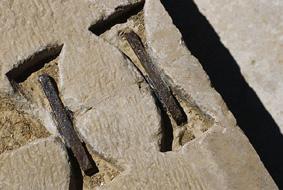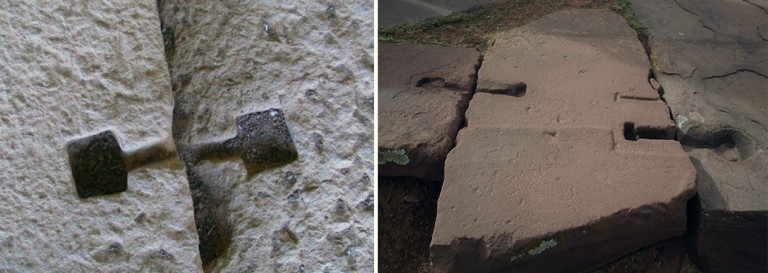

An object that is so small, but also used en masse in every space that we inhabit yet, often it is something that is hidden in plain sight. These now small and obscure objects were once not so small and not so obscure. The idea of a mechanical fastener, one that joined two or more materials, is one where little has changed in the idea itself. Instead, our technology and knowledge today have led to advancements within fasteners.
Nails, for example, originated from the Ancient Egyptians. Dating back to 3400 BC the Egyptians forged and cast nails from Bronze, the design is interestingly similar to our modern-day nails. The nails feature a pointed tip, with rounded head, not too dissimilar from our modern-day nails. The Bible even directly references nails throughout, most notably, nails are mentioned during the crucifixion of Christ.
These are a dependable fastener, and one that have stuck with us throughout the ages. Nowadays we have advanced beyond casting and forging bronze nails one at a time with the help of modern-day machinery, not much has changed with regards to the utility of the nail. From the original material of bronze, to wrought iron nails were often crafted by blacksmiths through heating a square rod made of bronze or iron which would then be hammered side by side until the sides formed a point. This labour intensive and time-consuming process has thankfully evolved over time to be faster and cost-effective after the advent of the Industrial Revolution in England.
Together with nails, there now exist many more types of fasteners in our world today. Staples were similarly first devised in ancient times. The oldest example of a Staple dates to the 6th Century BC, in the masonry works of the Persian empire to construct the capital town of Pasargadae, that now exists in modern-day Iran. These staples were used to fasten and tighten stones together, something that modern-day building codes and regulators would frown upon. These staples are recorded as the first examples of staples having been used in construction and in heavy-duty applications rather than collation of papers.
Both fasteners – Nails and Staples – are used heavily throughout the Frame and Truss industries, and rightly so as they originate from construction. Our P Series Staples are used as a temporary fix for frames to ensure their positioning is held together in place without any issues to allow the nailing of a gang plate on top or near-by. Whilst the coil nails that we manufacture in a variety of sizes are used to fix together the timber for framing. Instead of hammering individual nails or staples into timber or stone (in the case of the Persian Empire), there are pneumatic tools to complement that easily drive the fastener into timber.

Swallow Tail Staples, as found in Pasargadae built by the Persian Empire, 6th Century BC
Fasteners have over time become a hidden consumable – they are no longer visible to the human eye when standing inside of a house. However, it is within the walls – in the wall frames, above the ceiling – within the roof trusses, that they exist. Fasteners are small but mighty, these tiny objects made of thin metal bear a big responsibility. They are the ones that hold everything together. That without fasteners, a roof truss would simply fall apart. In Frame and Truss construction fasteners are the unsung hero. Though there have been many advancements in the manufacturing of fasteners, we take as much pride as the blacksmiths did in Ancient Egypt in producing each and every nail and staple that we make.


Left: Underside of a Meissan Plate, repaired with staples, 19th Century
Above: Keystone cuts wherein Iron Clamps would have been placed to secure the stones together. These were a predecessor to Staples and have the same function.
Gold Sponsors



